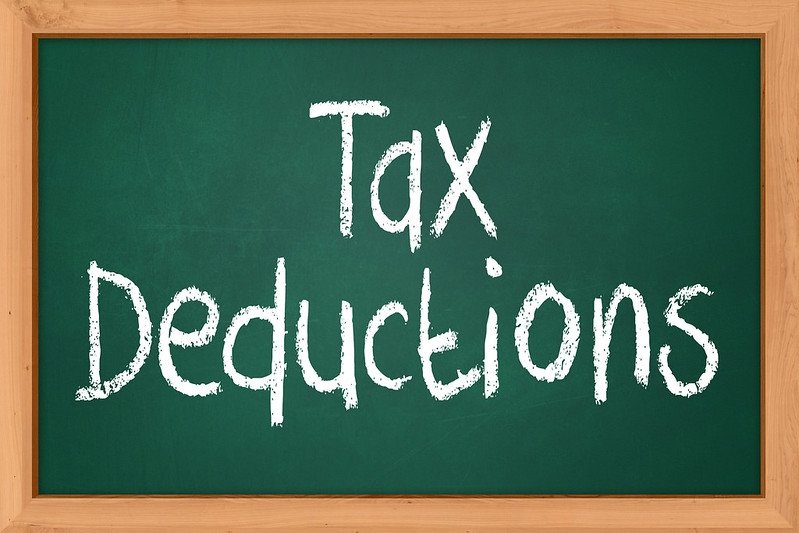In general, a tax deduction is anything that can be taken out of taxable income to lower a person’s overall tax obligation to the state.

There are two ways to deduct taxes: one is a single, fixed-amount deduction, and the other is an itemized deduction included on Schedule A of IRS Form 1040.
Typically itemized deductions include state and local taxes, mortgage interest, unreimbursed medical costs, and charitable contributions. Let’s dive into the specifics of the 1099 deductions phenomenon now that we have dipped our toes into tax deductions.
Everyone Should Think About the Following Tax Season Deductions
The following are a few standard tax deductions that Americans can take into account:
- Interest on student loans up to $2500
- Charity contributions, including a Goodwill donation
- State and local taxes of up to USD 10,000
- Loss on investments
- Casino losses
- More than 7.5 percent of adjusted gross income is spent on medical and dental care.
- Traditional Individual Retirement Account contributions (IRA) (but keep in mind there is a retirement contributions limit)
- Per diem meals on a business trip
It is important to keep in mind that Schedule A of Form 1040 lists the majority of tax deductions. There are a few exceptions to take into account, though.
To report investment losses and include Schedule D, for instance, and to record IRA contributions, utilize Form 5498 rather than Form 8949. Let’s now examine tax deductions for independent contractors and freelancers.
Read Also:
For 1099 Employees: Tax Deductions
In America, the percentage of 1099 workers—freelancers and independent contractors is rising at an unheard-of rate. More than 15% of Americans identify as self-employed, citing a Pew Research Study.
Freelancers are taxable people, which is fortunate because some tax deductions apply to them even if freelancing is all about freedom. Standard tax deductions for independent contractors include the following:
- Expenses for a home office may include utilities, rent, a mortgage, and materials for cleaning.
- Bills for the internet and phone are incurred when conducting business from home.
- Office supplies, including furniture
- Vehicle expense for professional use
- Deductions for health insurance premiums and other expenses
Let’s examine the significance of a tax deductions calculator for freelancers now that we have a thorough understanding of tax deductions.
Why 1099 Employees Need to Use Tax Deductions Calculators
According to statistics, 75% of independent contractors and freelancers overpay their quarterly taxes since they don’t account for deductions.
Therefore, in this situation, a tax deductions calculator is helpful. Without further ado, let’s take a look at a few of the tax deductions calculator’s undeniable advantages.
- Saving Money: On average, a freelancer can save up to USD 3700 by using a tax deductions calculator.
- Saving Time: Independent contractors and freelancers do not need to spend hours calculating the appropriate tax deductions because a calculator can do the same thing in a few minutes.
- Perfect Accuracy: With the use of a deduction calculator, the chance of human error in computing deductions is eliminated.
A professional tax expert is far more expensive than an A.I.-powered tax deductions calculator. Remember that filing taxes is required. If you need more time to file your taxes, you can apply for a tax filing extension.
So, there you have it a quick explanation of tax deductions and the significance of a self employed tax calculator for deductions for independent contractors.









